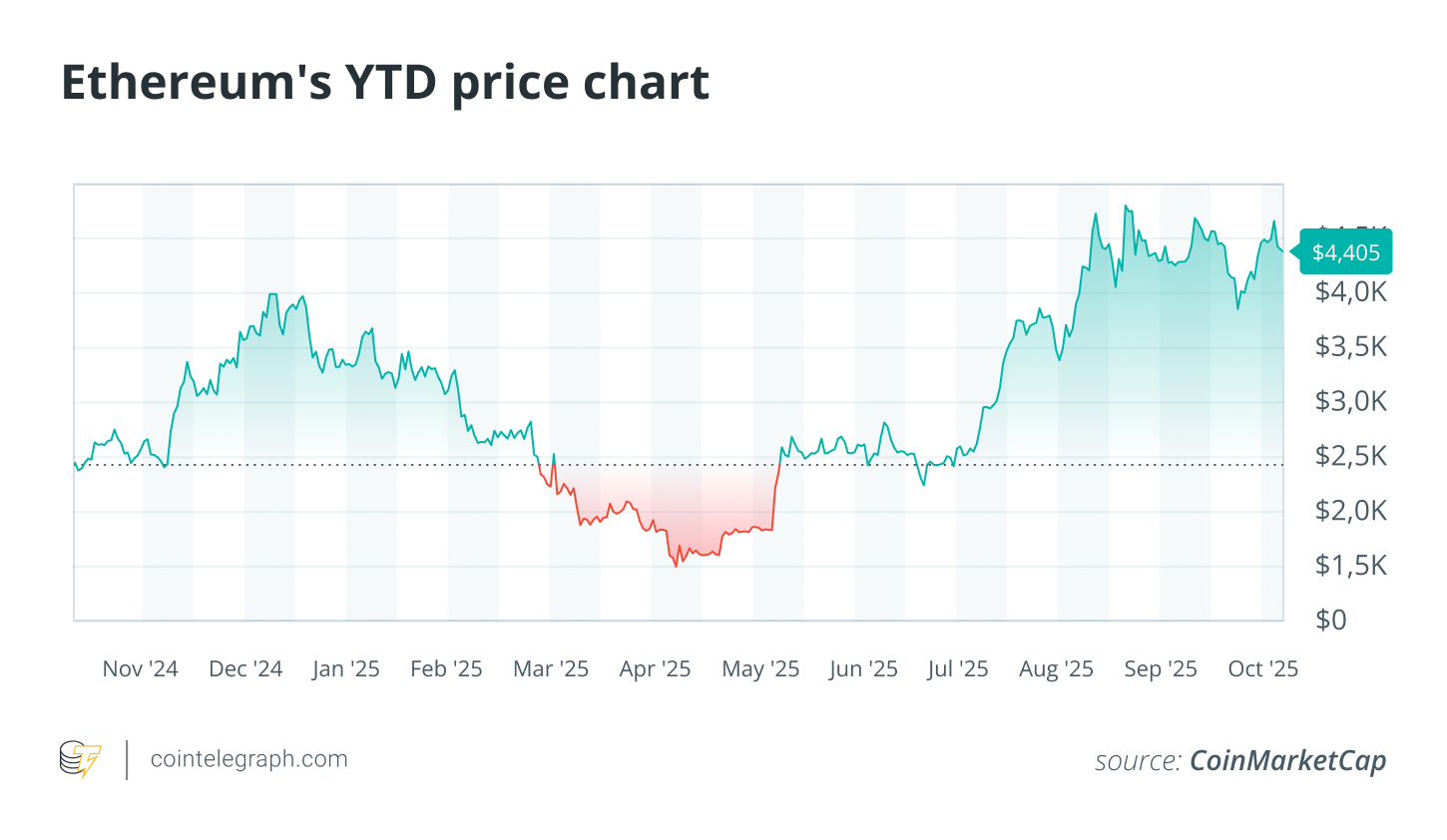
The $100,000 Ethereum Dream: What Does It Mean?
The prospect of Ethereum hitting $100,000 is a captivating scenario for any crypto enthusiast. This isn’t just about a number; it’s about a paradigm shift in the digital asset landscape. Such a valuation would transform Ethereum into a multi-trillion-dollar economy, rivaling major global corporations and significantly impacting the broader financial world. This article dives into the potential realities of an Ethereum priced at this level, exploring the economic implications, technological advancements, and the challenges that lie ahead.
Economic Powerhouse: Ethereum‘s Market Cap Explosion
If Ethereum were to reach $100,000, its market capitalization would soar to approximately $12.1 trillion, assuming a circulating supply of 121.1 million ETH. This staggering figure would make Ethereum more valuable than some of the world’s largest companies and would approach a substantial portion of the estimated total value of gold. Furthermore, the value locked within staked Ethereum would reach unprecedented levels, potentially fueling further growth and innovation within the ecosystem. This expansion would amplify every metric, from network security budgets to the collateral underpinning the decentralized finance (DeFi) sector and the burgeoning exchange-traded funds (ETFs) market.
Fueling the Engine: Drivers for a Six-Figure ETH
Achieving a six-figure valuation for Ethereum is unlikely to be the result of a single catalyst. It will require a confluence of powerful and sustainable factors. These drivers include a consistent flow of institutional investments, the increasing dominance of on-chain dollars, and technological advancements in scalability that maintain cost-effectiveness while capturing value for ETH. The growth of stablecoins and tokenized assets, coupled with the ongoing development of layer-2 solutions, could play pivotal roles in this expansion. Moreover, the scarcity mechanics of ETH, driven by staking and the burn mechanism, are essential components in creating a positive feedback loop.
Network Economics: The Security Budget’s Massive Boost
At a $100,000 price point, even small percentage changes within the Ethereum protocol translate to massive dollar flows. The proof-of-stake mechanism and the ensuing rewards would significantly expand the network’s security budget. The yearly rewards paid to validators would reach tens of billions of dollars, boosting the security of the network and making it more resilient. However, this expansion necessitates a careful balance between issuance and the burn rate, primarily influenced by the consumption of block space on both Layer 1 (L1) and Layer 2 (L2) networks.
Usability at $100,000: Maintaining a User-Friendly Experience
A six-figure Ethereum price is only sustainable if users can still access affordable and fast transactions. The Dencun upgrade and the advancements in L2 scaling solutions are vital for this. L2s are crucial in providing a cost-effective environment, allowing routine activity to operate at a fraction of the cost while still settling on Ethereum and using ETH for fees. The continuing balance between L1 and L2 value capture, ensuring user experience, demand, and supply all function in tandem, is fundamental to the success of this high-value scenario.
Where the Money Flows: ETFs, DeFi, and Stablecoins
The buying activity and the dynamics within the ecosystem will define the market regime. ETFs will create a structural foundation. Decentralized Finance will provide a mechanical lift. Stablecoins will become the core settlement layer. The combination of these elements creates a network effect that can sustain a six-figure valuation. ETFs provide a steady flow of capital, while DeFi and stablecoins foster continuous economic activity. They support a high valuation by driving demand and consistently burning ETH, which is crucial for long-term sustainability.
Navigating the Risks: Challenges on the Horizon
Significant valuations amplify risks, including volatility, regulatory scrutiny, and operational vulnerabilities. Faster price cascades, thinner pockets, tighter policy perimeters, and increased centralization are potential challenges. Operational risks will need constant vigilance, including validator concentration and oracle dependencies. Robust client software, a wide diversity of validators, and comprehensive exit queues will be critical. When these indicators align with ETF inflows and sustainable on-chain growth, $100,000 becomes less of a speculative dream and more of a plausible reality.
The future of Ethereum at $100,000 hinges on the convergence of technological innovation, robust economic fundamentals, and a sophisticated understanding of the risks and rewards involved. The digital asset landscape is always changing and is certainly moving towards a future where Ethereum, as the second largest asset, has a high probability of achieving this price.



